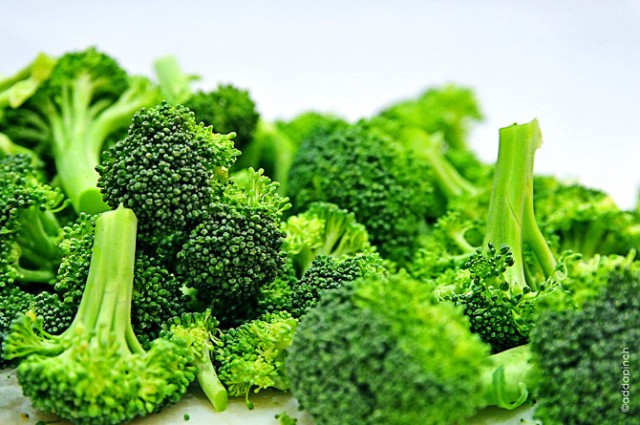Today, cells grown in a lab can be transplanted into a patient to help heal skin injuries, and provide therapeutic treatment to internal tissue.
One day, medical researchers hope to be able to provide such a service as standard, and scale up the possibilities to grow full, transplantable organs from a sample of a patient’s own cells.
In order to meet this demand, there is a growing need for hydrogel-based medical devices that support cell growth. A team at the University of Parma, Italy, proposes to fulfil this need with a customized FDM 3D printer, capable of layering gel-like materials.
FDM in gel
An FDM 3D printer has been selected for use in Parma’s medical research for reasons similar to those discussed in TPU research by Dr. Achala de Mel; the researchers wished to prove FDM has enough accuracy and repeatability to make custom shapes without the high price tag of alternative industrial machines.
The 3D printer was customized to include a syringe pump in place of the regular nozzle. The print bed was also replaced with a cooling system and Peltier plates to keep an ambient temperature for printed gel.

Shrimp cocktail
The gel extruded by the University of Parma’s custom 3D printer is made from chitosan – a compound found in the shells of shrimp, crabs and other crustaceans. As a hydrogel, chitosan has also shown the potential for creating self-healing objects, that could one day be used to make more robust computer screens.
At the University of Parma, 3D printed chitosan cell-scaffolds are compared with the same devices produced in the traditional way.

Add a little broccoli
Optomizing the chitosan hydrogel recipe, researchers also add raffinose as a stabilizer. Extracted from hardy vegetables such as cabbage and broccoli, the added raffinose allows solid state modification of chitosan, rather than 3D printing with it in a diluted state. This mixture becomes to key to the gel’s success.

Once produced, living cells are added to 3D printed and traditionally produced grids. After 28 days of culture, conclusions state that cells in 3D printed chitosan show, “an improvement in biocompatibility deriving from the production technique”, proving FDM to be a suitable option for hydrogel manufacturing.
Read more
Highly defined 3D printed chitosan scaffolds featuring improved cell growth is published online in the journal Biomedical Materials. It is co-authored by Lisa Elviri, Ruben Foresti, Carlo Bergonzi, Francesca Zimetti, Cinzia Marchi, Annalisa Bianchera, Franco Bernini and Ruggero Bettini of the University of Parma, and ,Marco Silvestri an affiliate of Parma and the University of Applied Sciences and Arts of Southern Switzerland (SUPSI).
For all the latest 3D printing news, subscribe to the most widely read newsletter in the 3D printing industry, follow us on twitter and like us on Facebook.
Featured image: Shrimp stampede. Photo via Vancouver Aquarium.


